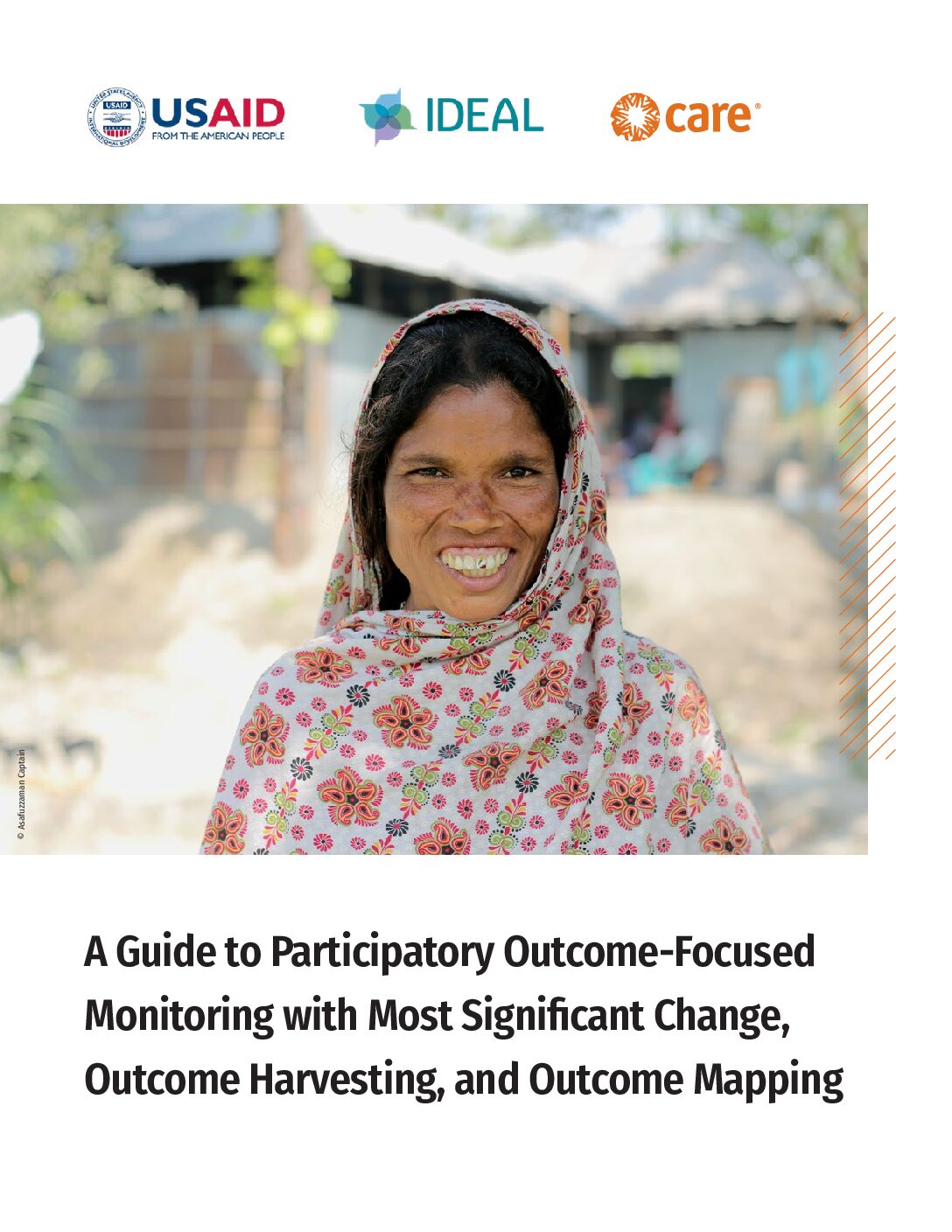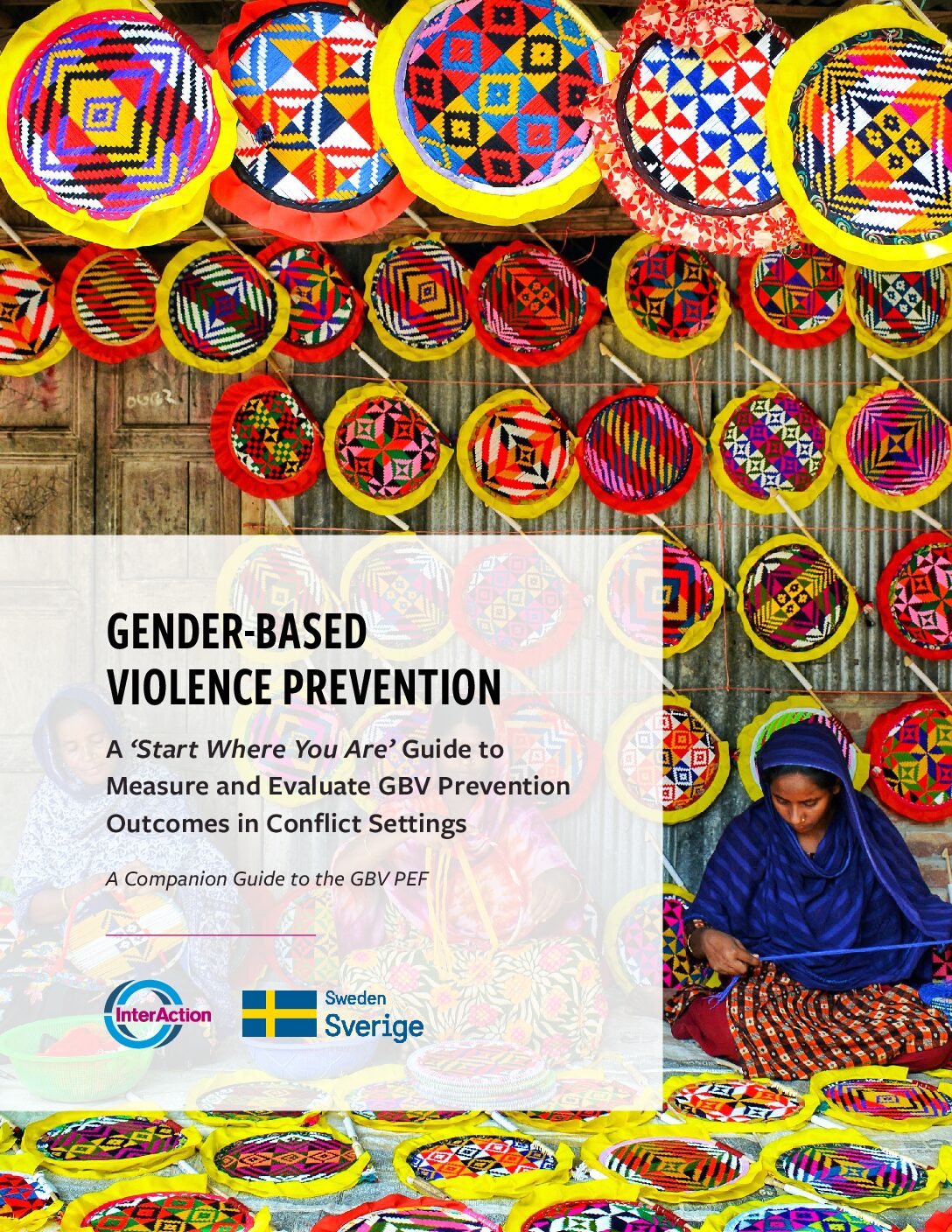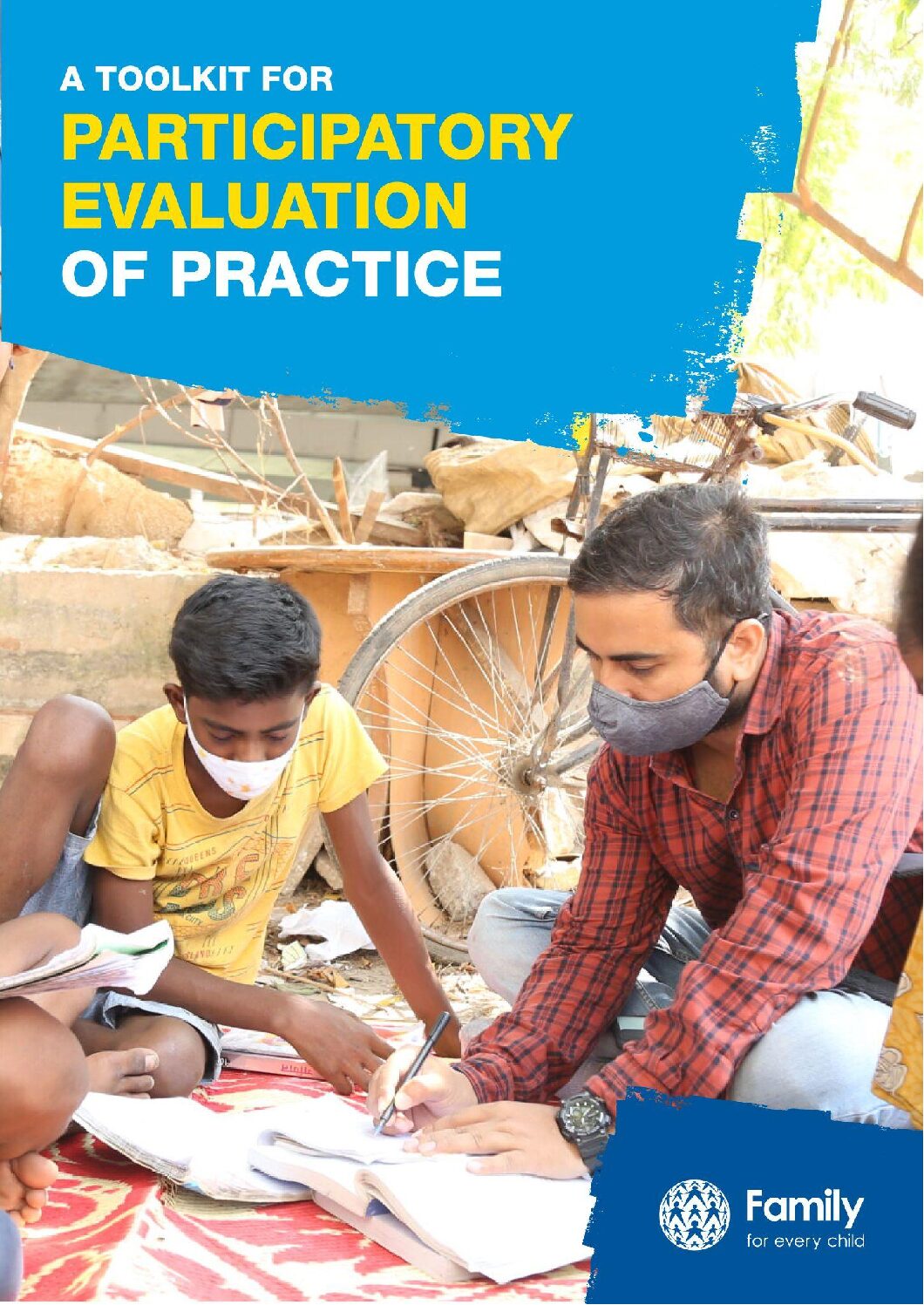Scenario building, or constructing an analysis of how situations might evolve, is an essential part of humanitarian operations as it anticipates challenging developments and informs contingency planning and risk mitigation measures in advance. It can also help to ensure programming is sufficiently robust to withstand changes in the operational environment.
While there are many approaches to conducting an analysis of possible futures, this document outlines an example of one step-by-step approach of how to build scenarios, which can be applied to a range of contexts and timeframes, from a protracted conflict to a sudden onset disaster. It articulates 9 steps within the chain of plausibility, and showcases an example from an ACAPS’ scenario building exercise in Nigeria.
his methodology places heavy emphasis on analysis based on disaggregated risk environment, which drives us to identify variables and the relationships that exist between variables, as well as visualize a causal logic for connections and points of influence within the system. While the Nigeria case example provides a rough estimate of the time which was required for building the scenarios, the guide notes that the duration of every step can differ significantly between scenario building exercises and is determined by the knowledge/expertise of the participants, the complexity of the crisis, and the available resources.
For more information and for other helpful assessment resources, visit ACAPS’ online library.



